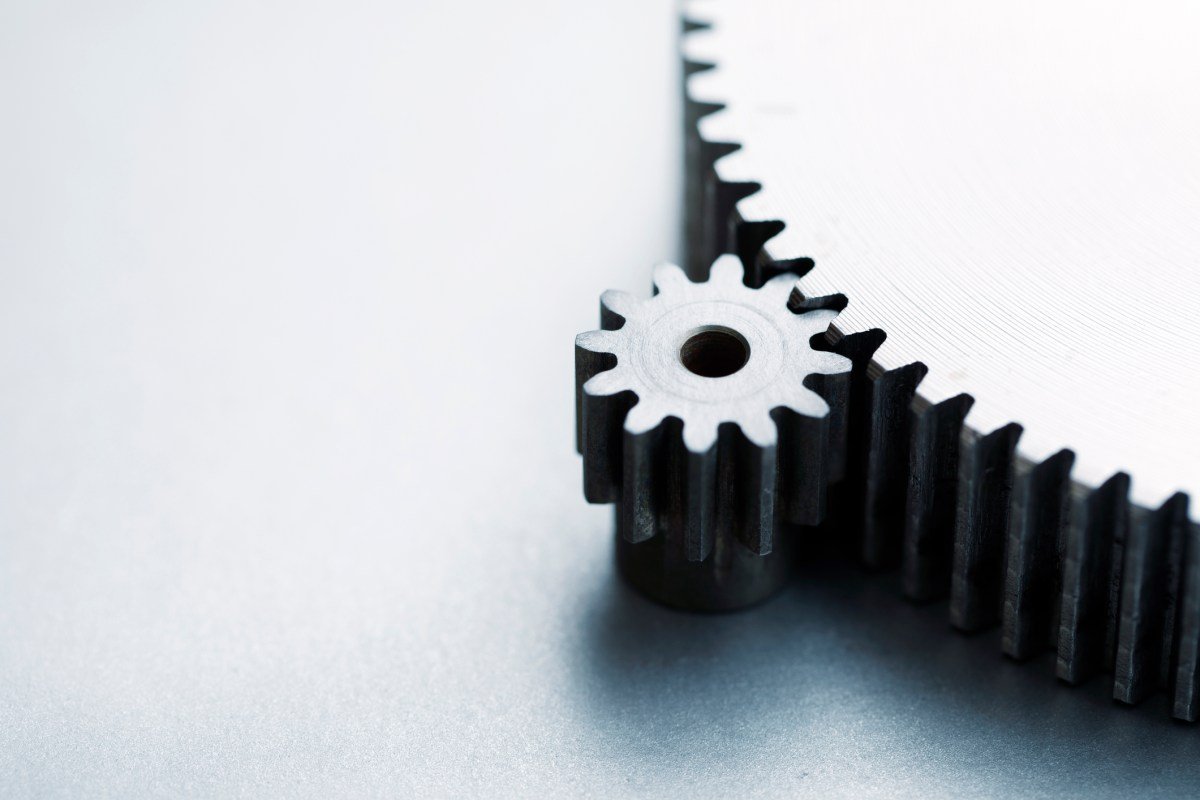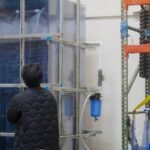To claim that the world of metal 3D printing is tumultuous would be a serious understatement. A mere decade ago, Desktop Metal was considered to be one of the pioneers in accessible metal 3D printing, raising almost $500 million in venture capital funding and garnering plenty of attention. However, the narrative has since taken quite a turn. In 2020, Stratasys made an attempt to merge with Desktop Metal in a mammoth $1.8 billion deal, only to see it fall through. Nowadays, the company’s value stands at a measly $210 million.
But there’s a new player confident they have a better solution. Enter Peter Schmitt, the former chief designer at Desktop Metal for the company’s first half, who has broken away and established his own venture – Fluent Metal. Instead of following the same technology path as Desktop Metal, Fluent Metal is taking a different approach. There are no lasers, and the company asserts that its technology is more efficient and reduces waste.
“Drop-on-demand technology is an elegant approach to create complex metal components,” said Peter Schmitt, CEO at Fluent Metal, in a statement to TechCrunch. “Whether it’s prototype iterations of an idea or production runs of a single part, Fluent Metal will provide customers with great operational and material flexibility. This freedom will unlock new creativity and problem solving abilities across industries.”
Fluent Metal has recently emerged from stealth mode, bolstered by a considerable injection of venture capital funding. The company has raised an additional $3.2 million, led by E15 with the participation of Pillar VC and industry angels, bringing their total funding to $5.5 million.
The company claims its technology outperforms current standards in terms of efficiency, flexibility, and customization, setting a new benchmark for metal fabrication. This is achieved through their liquid metal printing technology, which they hope will revolutionize the additive manufacturing industry. The core of this innovation is their proprietary drop-on-demand approach, which stands out for its precision, adaptability, and compatibility with a diverse range of metals. It deposits molten metal, drop by drop, onto a substrate in a controlled manner, allowing for the creation of intricate metal parts with exceptional detail and structural integrity. Unlike conventional methods that often involve complex processes and significant material wastage, Fluent Metal claims that their approach simplifies the manufacturing process, making it more efficient and less resource-intensive.
But what really sets Fluent Metal apart is its broad compatibility with various metals. This versatility opens up a wide array of possibilities for industries ranging from aerospace to medical devices, where material properties play a crucial role in the performance and reliability of the final product. Fluent Metal asserts that it can quickly switch between different metals and adjust printing parameters on the go, empowering manufacturers to tailor their products to specific requirements without the need for extensive retooling or process adjustments.
Moreover, the company heavily emphasizes its sustainability messaging, positioning itself as a more environmentally-friendly alternative to traditional metal manufacturing processes.
“As the manufacturing industry evolves in response to the changing needs of global supply chains and sustainability demands, we need novel approaches to drive creativity and expand our collective conception about what’s possible,” said Philip Liang, managing partner at E15, in a statement to TechCrunch. “In the near term, Fluent Metal will spark the imagination of designers, engineers, and technologists to consider how rapid, on-demand production of custom metal parts could transform their capabilities. With scale, this approach will revolutionize the entire footprint and direction of industrial manufacturing.”
Fluent Metal is certainly a company to keep an eye on as metal additive manufacturing processes continue to evolve and advance.








